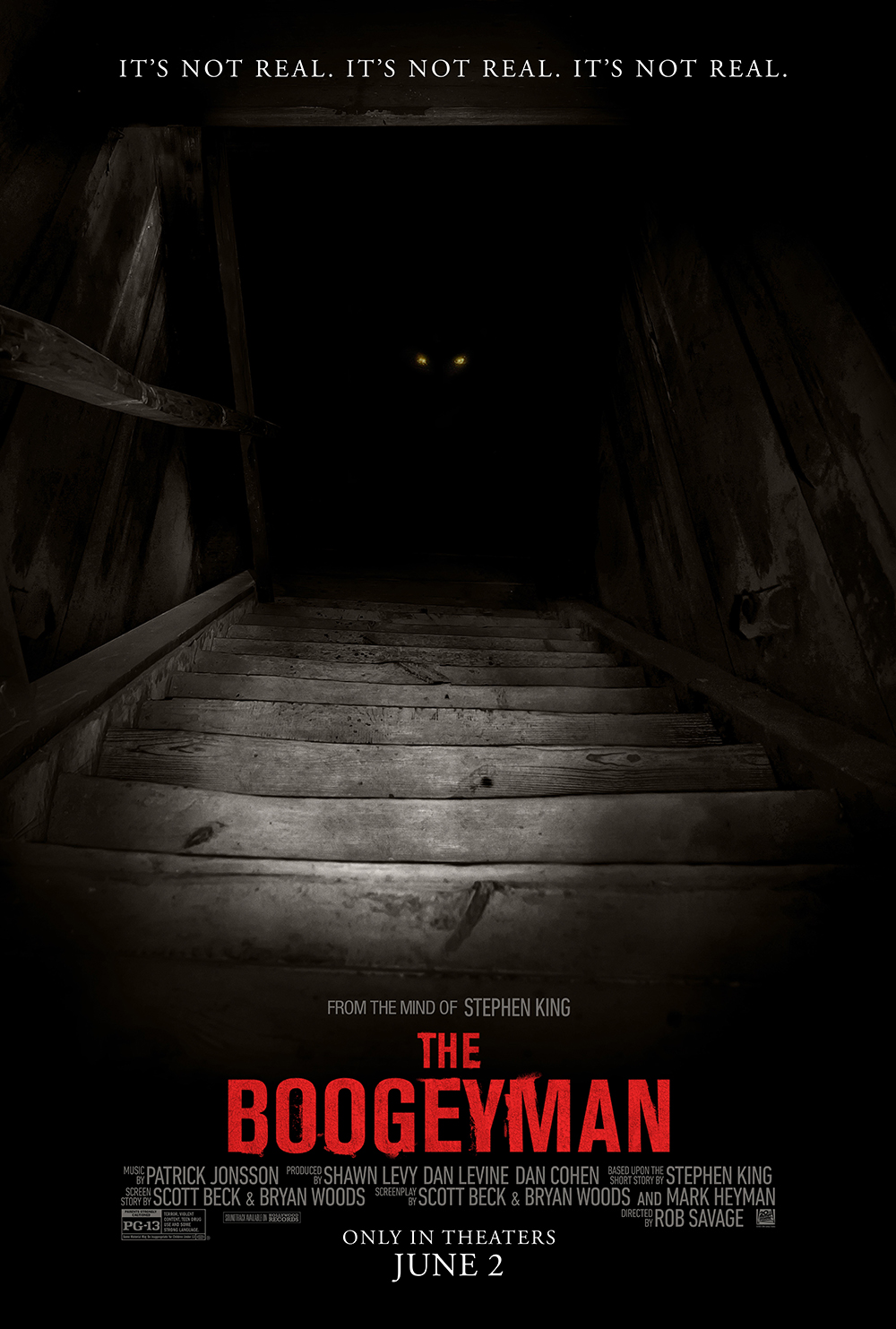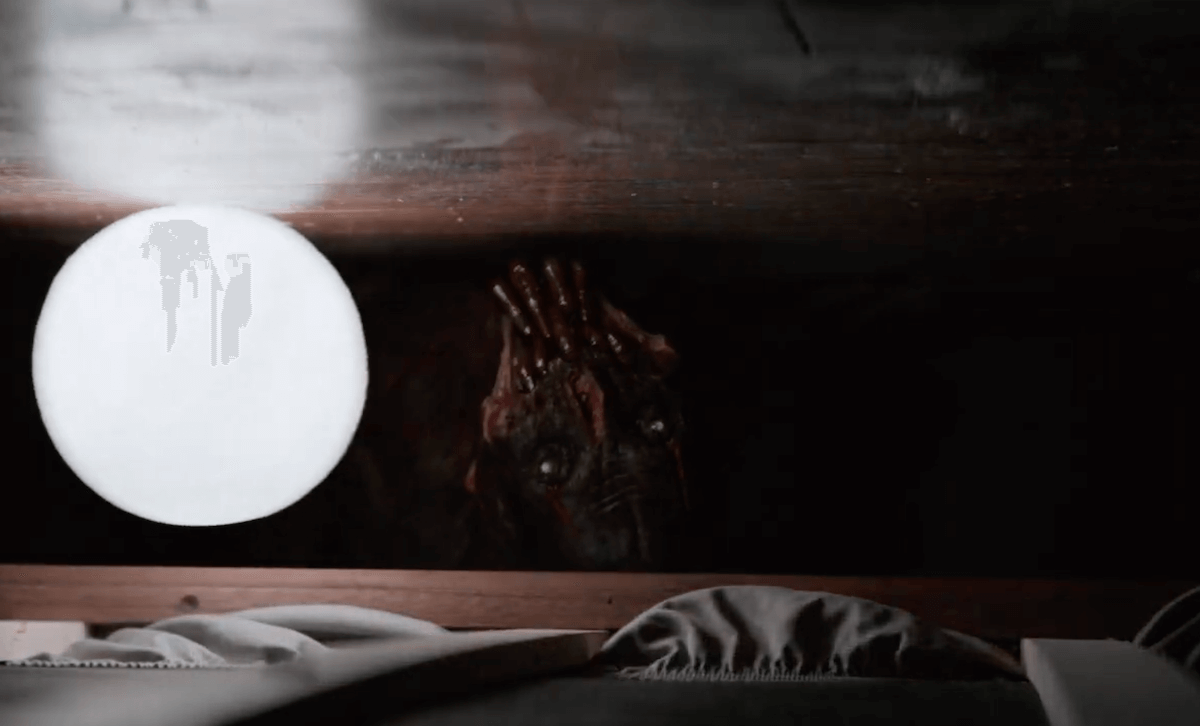
Rob Savage has twice made it clear that he has the ability to aim higher than “The Boogeyman,” a horror film that fails to generate emotion and defies convention by trying to make PG-13 horror terrifying. His previous projects, such as “Host,” which is about a séance via Zoom, and “Dashcam,” which shows the descent into hell live-streamed by an anti-vaxxer rapping, were noted for their innovation and provocation. These movies are as current as a WiFi signal and have contributed to the advancement of the horror genre. However, “The Boogeyman,” which is expected to be the horror film of the month for June, lacks rhythm and personality, becoming the horror genre’s equivalent to a music star who, in his biggest project yet, releases a Christmas album to please his fans.
To be fair, the source of inspiration is not the best. The original account of “The Boogeyman” comes from “The Mind of Stephen King,” as the film’s poster boasts. In that tale, the mythical creature is presented as a broad embodiment of fear and paranoia, conveyed through a conversation between two people and topped with a cheesy twist. In this adaptation by screenwriters Scott Beck, Bryan Woods and Mark Heyman, responsible for “A Quiet Place,” the meaning of the dark-loving nocturnal monster, which stalks children and knocks on doors, expands further to encompass the theme of loss.

The Boogeyman enters the empty and sinister home of the Harpers in the form of Lester, the character from the original tale, played here enigmatically by David Dastmalchian. Lester’s role also becomes something of a recap of character development, sharing a creepy story about the death of his own children and a powerful monster. Then, it is hidden and hung in the deceased mother’s art closet, leaving the monster in the Harpers’ house.
Lester’s suicide adds to the list of tragedies in the Harper family’s life, and like the loss of Will’s wife and mother of the girls, it’s a topic they don’t really want to talk about. Both Sadie and Sawyer are plunged into darkness in different ways. Sadie is a vulnerable and lonely young woman who wears one of her mother’s dresses to school, only to be teased by a bully. Sawyer, on the other hand, is so shy that she sleeps with a large ball of light. Both just want to find some inner peace, but their desires are interrupted by terrifying noises during the night and closet doors that open and slam shut.
Throughout this contemporary history, Savage’s focus on technology is strangely sloppy. Although it is mentioned that the Boogeyman fears light, the script largely ignores the usefulness of a cell phone flashlight in thwarting the creature and does not exploit this idea to create a more ingenious script. This omission becomes apparent as the terror the monster inspires loses its power over us as the film progresses. Using Stephen King’s language, isn’t Pennywise from “It” much scarier like a clown in the distance than a giant spider up close? Savage’s “The Boogeyman” is an old-fashioned story about fear that needs an update.









